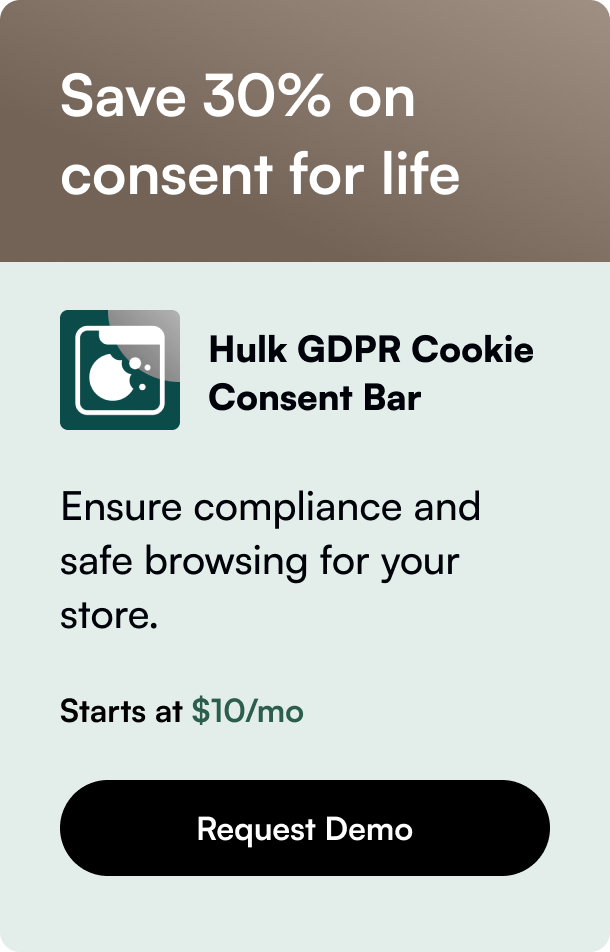Table of Contents
- Introduction
- The Evolution of QR Codes
- Google’s Use of QR Codes
- Understanding the Feature Test
- Implications and Benefits
- Challenges and Considerations
- Future Prospects
- Conclusion
- FAQ
Introduction
Imagine searching for a local business on your desktop and seamlessly transferring the details to your mobile phone with a simple scan. This convenience is exactly what Google aims to offer with its latest feature test—QR codes on Google Business Profile listings within Google Maps. While QR codes are not universally praised, their utility for swift mobile access cannot be denied. This blog post explores the implications, functionalities, and potential impact of adding QR codes to Google Business Profiles.
In this article, you will discover why Google is exploring this feature, how it may change user interactions with business profiles, and what it means for businesses and users alike. With QR codes becoming increasingly versatile and recognized, this blog will delve into why this feature might be a game-changer and how it could streamline your online-to-offline experiences.
The Evolution of QR Codes
A Brief History
QR codes, short for Quick Response codes, were first developed in 1994 by Denso Wave, a subsidiary of Toyota, to track automotive manufacturing. Their two-dimensional structure allowed them to store more data than traditional barcodes, and they could be quickly scanned by devices, making them ideal for inventory management.
Modern Usage
In the digital age, QR codes have found new applications in everything from marketing campaigns to mobile payments and ticketing. Their ability to bridge the digital and physical worlds has seen them applied in diverse sectors such as retail, healthcare, and now, local business listings.
Google’s Use of QR Codes
Previous Implementations
Google has been incorporating QR codes into various services for some time. For instance, Local Service Ads (LSAs) have occasionally featured them, streamlining the process of saving business contact details or accessing specific services.
Testing QR Codes in Google Maps
The recent test by Google involves placing QR codes on the Google Business Profile listings within Google Maps, visible alongside action buttons like directions, save, and share. This initiative aims to facilitate the transition from desktop searches to mobile interactions, especially in cases where users find businesses on desktop but prefer accessing related information on their smartphones.
Understanding the Feature Test
User Experience
When users access a business profile on Google Maps via desktop, they will see a QR code next to the usual action buttons. Scanning this code with a mobile phone instantly pulls up the same business profile on the user's mobile device, enabling them to quickly call, get directions, or save the information for later use. This feature could significantly enhance user convenience, cutting down the steps between finding and utilizing business information.
Business Perspective
For businesses, this feature could increase engagement and conversion rates from desktop searches to physical visits. By simplifying the process for users to transfer business details to their mobile devices, businesses can ensure that potential customers have the information at their fingertips when they are ready to act, whether that means calling for reservations or navigating to a store location.
Implications and Benefits
Enhanced Accessibility
The primary advantage is enhanced accessibility. Users can effortlessly move from desktop browsing to mobile actions, reducing friction in the user journey. This ease of access can be particularly beneficial in scenarios where users research on larger screens but rely on their phones for action-based follow-ups.
Increased Engagement
Implementing QR codes could lead to higher engagement levels. With information easily transferable to mobile devices, users are likelier to follow through with desired actions such as booking appointments or visiting stores. Enhanced accessibility translates to better customer experience, which can drive higher conversions.
Practical Use Cases
- Restaurants: Customers searching for dining options can quickly add restaurant details to their phones, including menus and reservations.
- Retail Stores: Shoppers can easily switch devices when they need directions or contact details after viewing store profiles on desktops.
- Service Providers: Professionals like dentists or beauty salons can use QR codes to facilitate quick booking and service reviews.
Challenges and Considerations
User Adoption
While QR codes are becoming more familiar, not all users may feel comfortable using them initially. Educating users on the benefits and ease of QR codes will be crucial for widespread adoption.
Security Concerns
As with any digital tool, security concerns must be addressed. Users must be assured that scanning these QR codes is safe and that their data privacy is protected.
Technological Compatibility
Ensuring that QR codes integrate seamlessly with various devices and operating systems is crucial. Any technical glitches could diminish user trust and reduce feature effectiveness.
Future Prospects
Expanding Use Cases
As the functionality gains traction, we could see QR codes integrated into more Google services and platforms. This universality can cement QR codes as a staple in digital-to-physical interactions.
Leveraging Augmented Reality
Coupling QR codes with augmented reality (AR) capabilities could further bridge the gap between digital searches and real-world actions, offering users immersive and interactive experiences.
Conclusion
The testing of QR codes on Google Business Profiles within Google Maps signifies a significant step toward more integrated and user-friendly digital experiences. By simplifying the bridge between desktop searches and mobile actions, Google enhances both user convenience and business engagement. While challenges like user adoption and security concerns exist, the potential benefits make this an exciting development worth paying attention to.
Implementing QR codes on business profiles can revolutionize how users interact with local businesses, driving more seamless transitions from online searches to offline interactions. As this feature evolves, businesses and users must stay informed to maximize its potential.
FAQ
1. How do I scan a QR code on a Google Business Profile? To scan a QR code, open your smartphone’s camera app and point it at the code. A notification will appear, guiding you to the business profile on your phone.
2. Are QR codes on Google Maps available globally? Currently, this feature is in the testing phase and may not be universally available. Its broader rollout will depend on testing outcomes and user feedback.
3. What if I don’t want to use QR codes? QR codes are an optional feature designed for convenience. You can still manually enter the business details into your mobile device if you prefer.
4. Will this affect my business’s visibility on Google Maps? The addition of QR codes may enhance engagement by making it easier for users to access and act on your business information, potentially improving visibility and user interactions.
5. How can I add a QR code to my business profile? Businesses do not need to add QR codes manually. If Google implements this feature widely, it will automatically appear on your business profile.
Stay tuned as we monitor this feature's development, and be prepared to leverage its full potential for your business or user experience.







